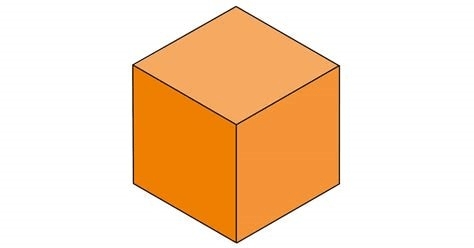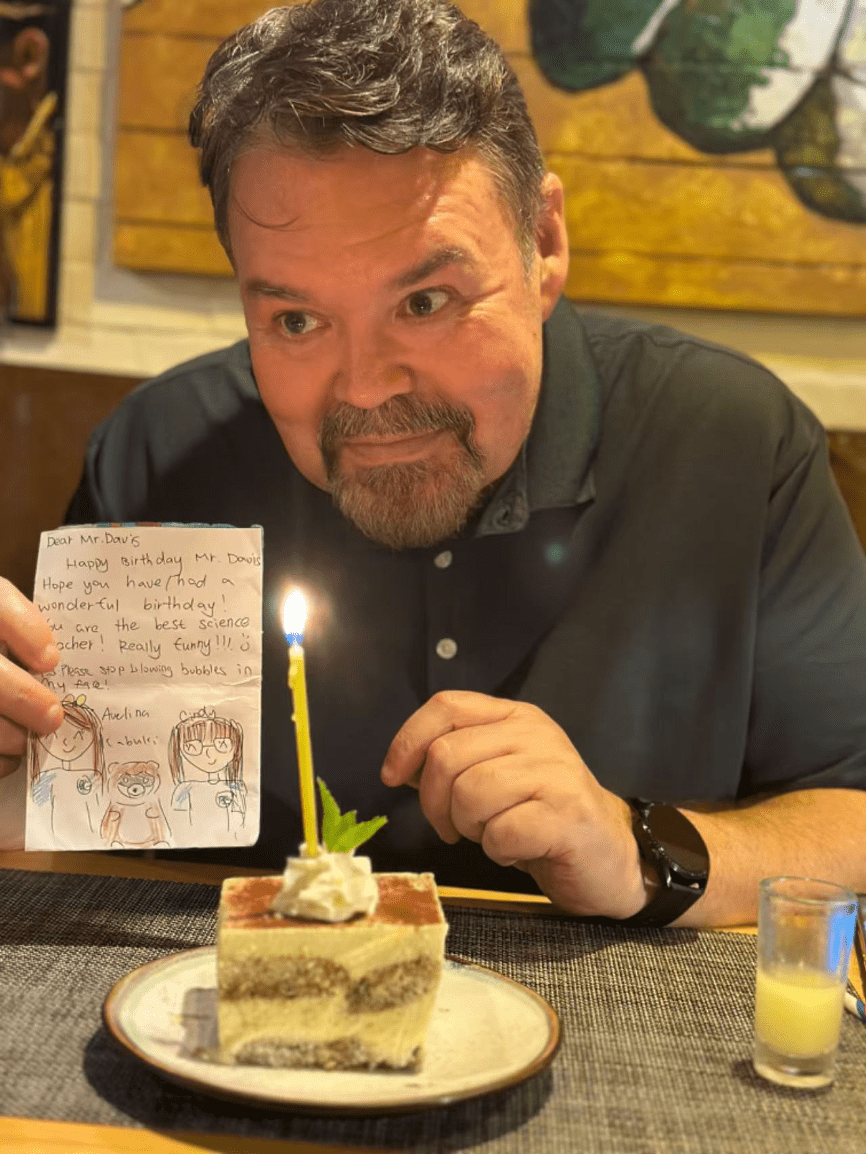What do we call the variable that is NOT changed and is NOT tested?
What is the controlled variable
The 3 states of matter.
What is Solid, liquid, and gas?
 One side length is 4cm. The Volume is calculated to be.
One side length is 4cm. The Volume is calculated to be.
What is a volume of 64 cm3.
Objects with a density greater than 1g/ml will?
What is SINK like a Rock?
An object has a mass of 180 grams and a density of 30 grams per cubic centimeter, then it's Volume is.
What is a Volume of 6 cm³?
Measuring the distance from Shenzhen to Wuhan you would use this Unit.
What is kilometers?
The Range for temperatures of the Data Set = 22°C, 18°C, 25°C, 20°C, 30°C?
What is the greatest number minus the least number is 30-18=12C.
We are buying paint to paint our classroom. This is unit for purchasing paint.
What is Liters?
Make a connected observation and inference from the picture below.
What is I observe a birthday cake and candle so I infer it is Mr. Davis' birthday party.
A bottle of Coca-Cola is measured in this unit.
What is millilters?
Using the following Data Set = 14, 11, 15, 14, 16, 13, 18, 14, 20, 15.
Find the M = mean, M = mode, M = median, R = range
What is Data Set in order = 11, 13, 14, 14, 14, 15, 15, 16, 18, 20
Mean = total/#: 150/10 = 15, Mode = most # = 14
Median = middle # = 14.5, Range = greatest-least = 20-11=9